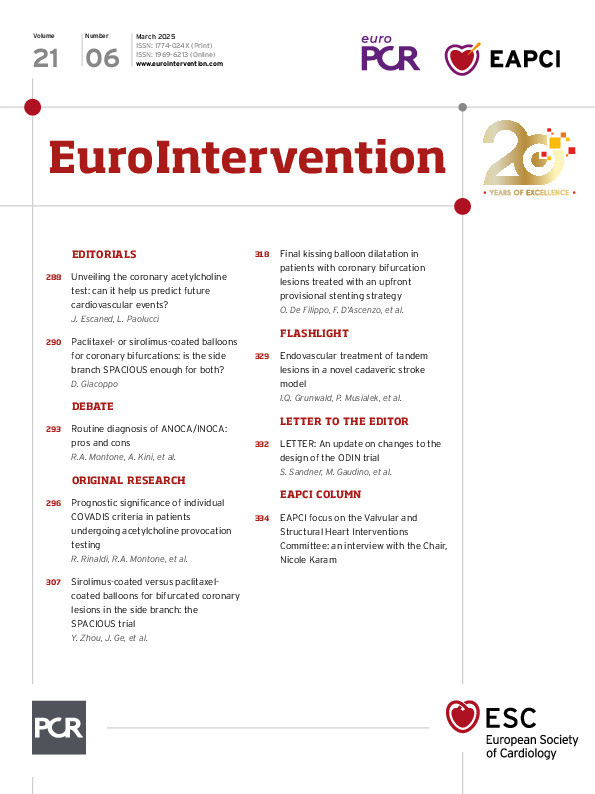Today, emergency endovascular stroke treatment (EST) is the Class Ia-evidenced1 standard of care for acute cerebrovascular occlusions. Despite its unquestionable efficiency, only a minority of the population have effective access to EST due to a shortage of trained teams and capable centres23.
EST requires EST-specific operator training and multispeciality team alignment345. The emergency nature of EST, irregular and unpredictable case presentations and, to some extent, turf protection hinder the “apprenticeship model”. Other current training concepts also have limitations that significantly impact their effectiveness. Three-dimensionally printed bench models can replicate vascular anatomy, but they miss the tissue complexity of cerebral vessels and their susceptibility to, for instance, perforation. High-fidelity simulators may incorporate a virtual environment, but they lack important nuances such as use of real devices, permanent flushing of catheters (a fundamental part of neurointerventions) and continuous drip control to avoid potentially lethal air embolism/thrombus formation. Animal models are poorly applicable to the human cerebral anatomy and lack underlying diseases specific to stroke; they also face ethical concerns and high cost.
We evaluated the feasibility of performing...
Sign up for free!
Join us for free and access thousands of articles from EuroIntervention, as well as presentations, videos, cases from PCRonline.com

